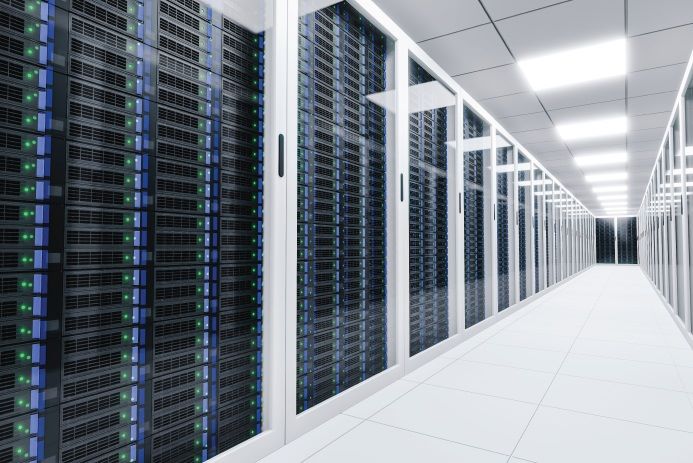Every time an online transaction completes instantly, a video call runs without interruption, or a cloud application responds in milliseconds, a complex network of physical infrastructure is working flawlessly in the background. This unseen layer, the foundation of the digital economy, is sustained by colocation data center operations. These facilities and their expert teams ensure that enterprises meet stringent uptime commitments through consistent data center uptime management, making sure every service performs seamlessly and securely.
Where downtime can lead to lost revenue, damaged reputation, and disrupted business operations, maintaining continuous availability is paramount. Organisations can no longer rely solely on traditional server rooms or small-scale data centers. Instead, they turn to professional colocation operations like Yotta to handle the complexities of modern IT ecosystems, where latency, scalability, and reliability must align perfectly.
Colocation Services for Enterprises
Modern colocation setups are purpose-built for intensive workloads, AI models, and high-density GPU clusters. They enable enterprises to host critical systems in world-class facilities designed for maximum energy efficiency, operational sustainability, and robust data protection. These facilities combine advanced security measures, redundant power paths, and multiple network providers to deliver dependable operations that meet both enterprise and regulatory requirements.
As workloads grow in complexity, colocation environments serve as an essential bridge to the cloud. Hybrid and multi-cloud strategies are easier to execute when colocated infrastructure directly connects to hyperscale providers. This integration allows businesses to blend the flexibility of cloud computing with the control and predictability of dedicated infrastructure, ensuring cost efficiency and consistent performance.
Precision Behind Data Center Uptime
Yotta’s data centers are designed around one core objective: to maintain the highest possible level of uptime. Achieving this goal involves more than redundant systems and backup generators, it requires an operational philosophy centered on proactive management. This includes continuous monitoring, predictive maintenance, and real-time analytics to anticipate potential issues before they impact performance.
The teams that run these environments are specialists in data center uptime management. They oversee everything from power usage efficiency (PUE) to cooling optimisation, ensuring performance remains stable under all conditions. Even minor events, like voltage fluctuations or unexpected temperature spikes, are managed instantly through automated alerts and intervention protocols.
The result of these efforts is consistent data center reliability and performance.
The Scaling Advantage of Hyperscale and Colocation
By leveraging colocation partnerships, businesses can deploy edge computing environments closer to their users, reduce latency, and maintain compliance with local data regulations. The ability to grow dynamically, supported by the physical robustness of a hyperscale-ready site, ensures businesses stay future-proof in an increasingly data-dependent world.
Building Reliability Through Operational Excellence
Facilities are managed with multi-layered redundancies across every system, power, cooling, security, and network links. Real-time analytics drive decision-making, while AI-based facility management tools improve efficiency, detect anomalies, and optimize resource utilisation. Every process, from energy management to cabling organisation, contributes to creating the reliable foundation that modern digital enterprises depend on.
At Yotta, this operational rigor is quantified through tangible metrics: each facility supports over 7,000 racks, delivers up to 52 MW of IT power, and provides 4 diverse fiber paths to ensure network resilience. With a design PUE of 1.5, the data centers achieve optimal energy efficiency while maintaining peak uptime performance, embodying the precise engineering and management required for truly reliable colocation services

















